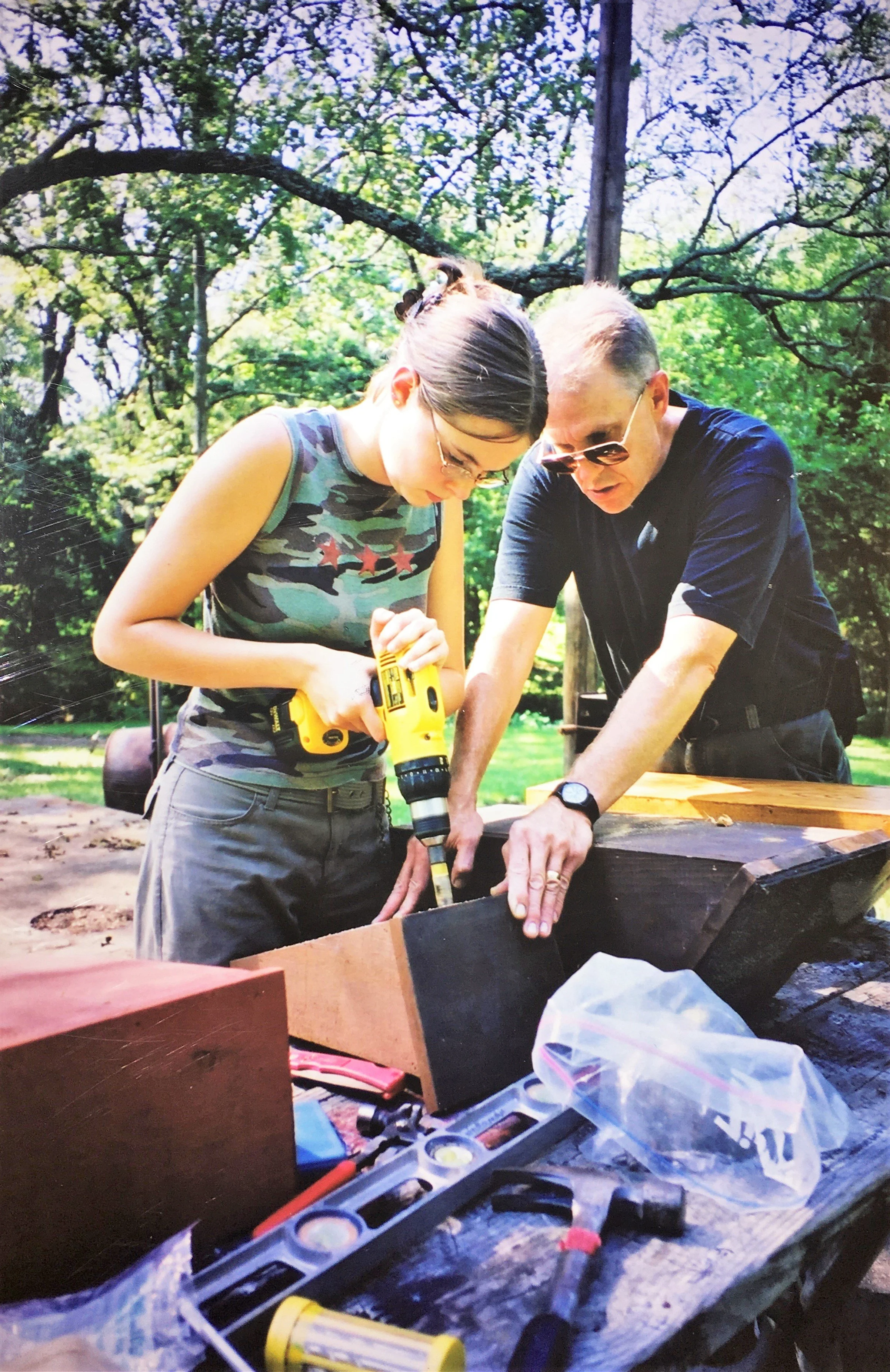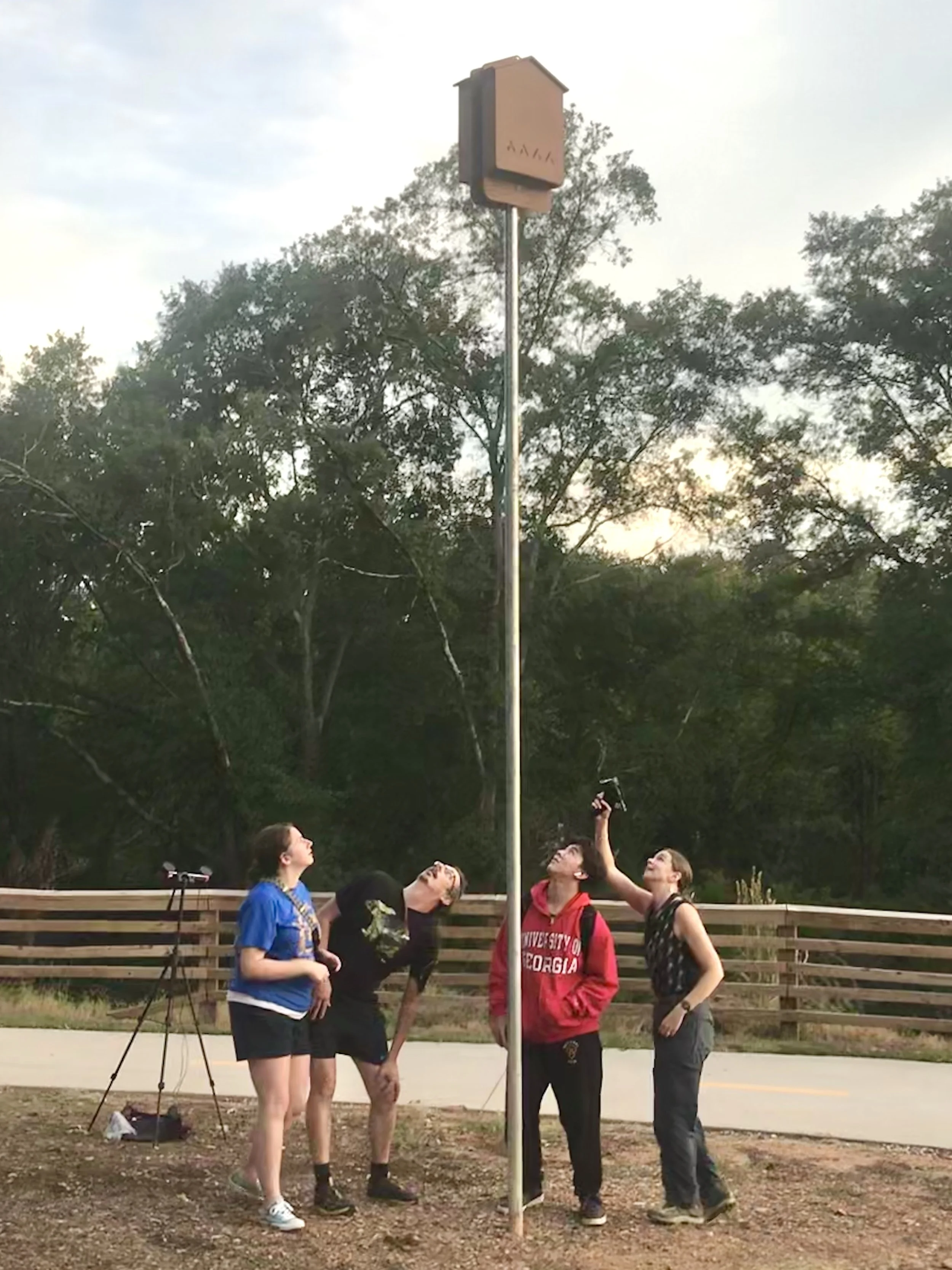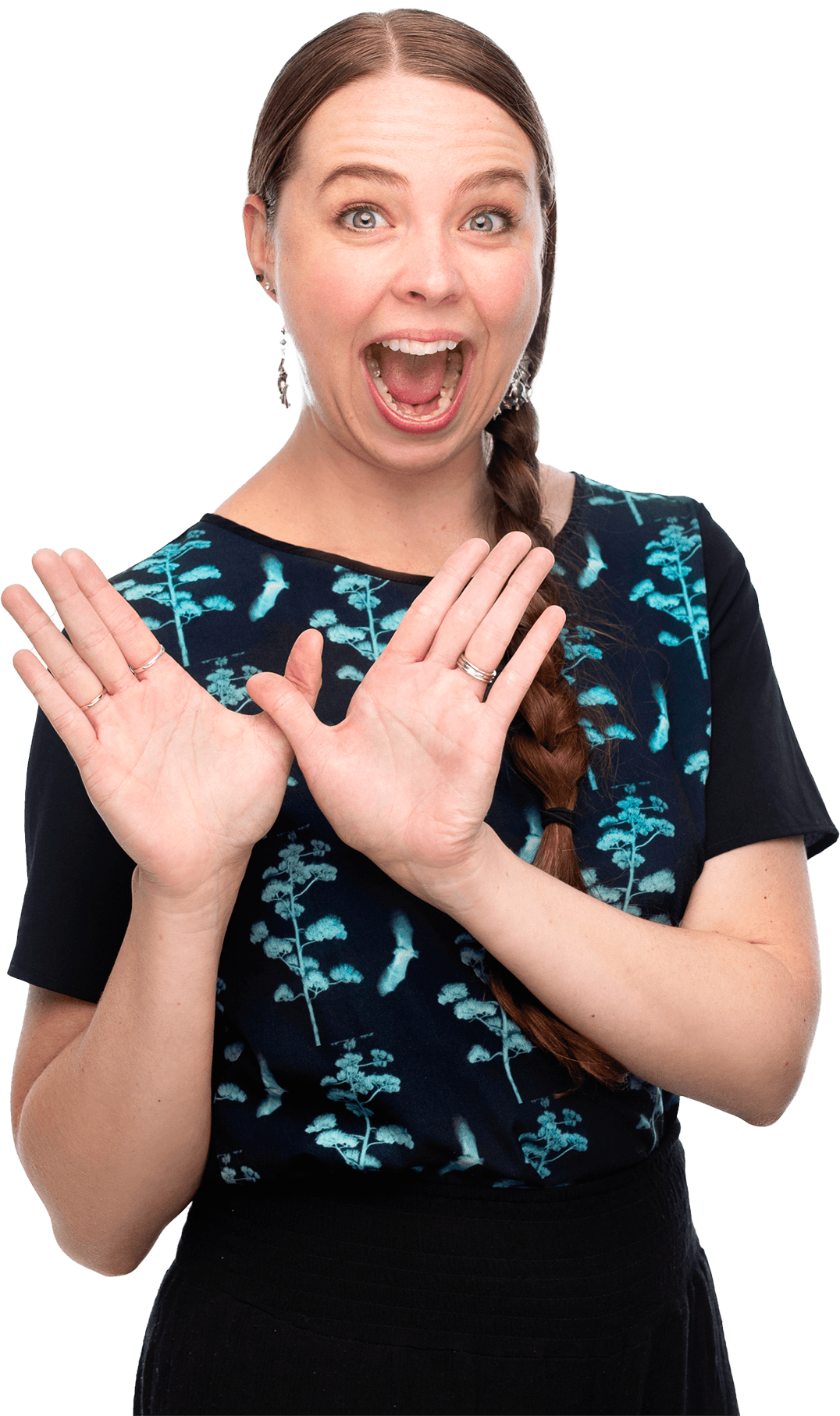
Section Styles spotlight-header
I am a
bat conservationist
Kristen Lear, PhD
Presented by bat conservation internationalMY PATHHow I became a birdwatcher, fashion designer, and bat conservationist.
MAJOR INFLUENCES
I was fortunate to know that I was interested in animals and nature from a young age.
Throughout my life, I’ve always been drawn to the natural world and working with animals. Though my specific interests have shifted, I gained a variety of skills through the different volunteer experiences that I signed up for.
Major Milestones
Girl Scouts
I’m a Lifetime Member of the Girl Scouts. The program played a huge role in helping me develop leadership skills and learn how science could help serve my neighborhoods. I got to work on lots of science and nature projects.
Undergrad
In college, I majored in Zoology and fell in love with bats and conservation! I spent my summers doing field research and building bat houses.
Working at Bat Conservation International
After earning my Ph.D. I found a job where I could work with people, teach, organize, and help protect bats!
Things I learned
along the way:
Looking for teacher resources?
PHOTOGRAPHER: Edina Clagett • Illustrator: Mar Bertran Bellvehí© 2024 THE PLENARY, CO. ALL RIGHTS RESERVED. TERMS. PRIVACY.This is a brand new site! See an issue? Let us know.






